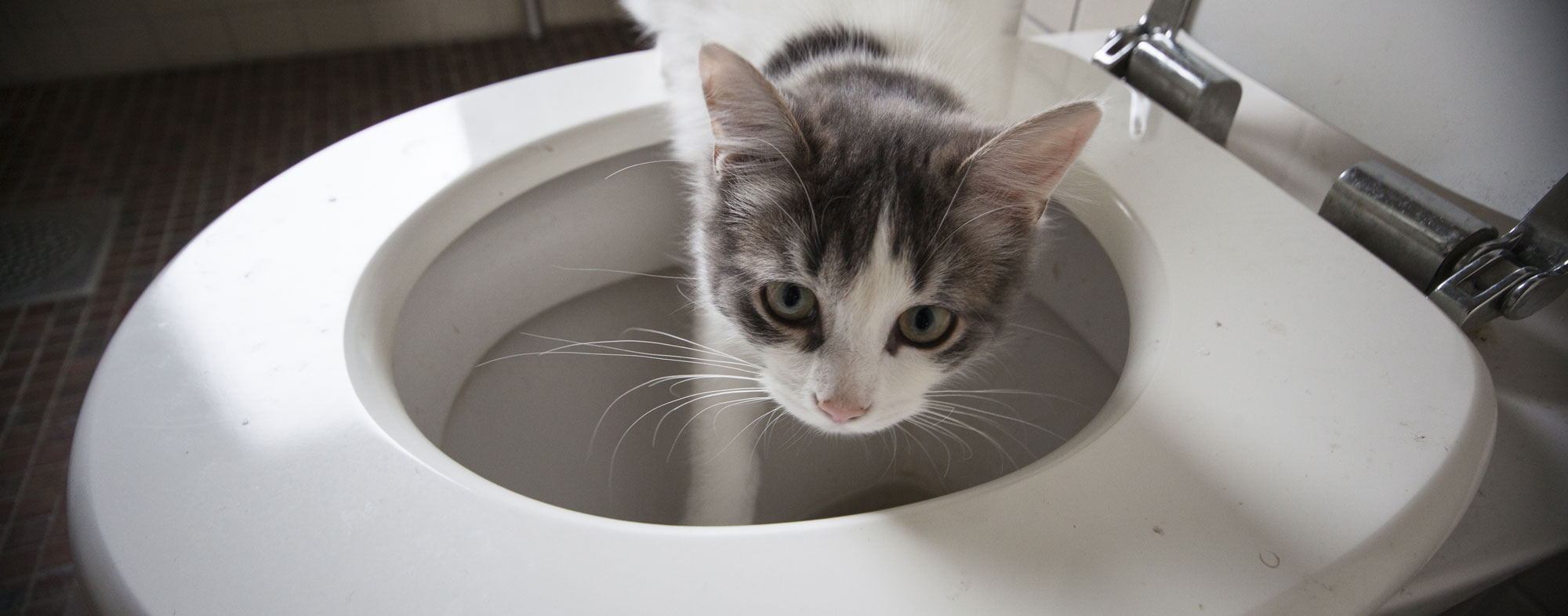Dangers of Disposing Cat Poop in Your Toilet - Preventive Measures
Dangers of Disposing Cat Poop in Your Toilet - Preventive Measures
Blog Article
Right here below you can locate lots of great information and facts concerning Don’t flush cat feces down the toilet.

Intro
As cat proprietors, it's necessary to bear in mind exactly how we deal with our feline friends' waste. While it might seem hassle-free to flush pet cat poop down the toilet, this practice can have damaging consequences for both the atmosphere and human wellness.
Environmental Impact
Flushing feline poop presents hazardous microorganisms and bloodsuckers into the water system, posturing a significant risk to aquatic ecosystems. These contaminants can negatively influence aquatic life and compromise water quality.
Wellness Risks
Along with environmental concerns, purging cat waste can also posture health and wellness risks to human beings. Feline feces may have Toxoplasma gondii, a parasite that can create toxoplasmosis-- a potentially extreme disease, especially for expecting ladies and people with damaged body immune systems.
Alternatives to Flushing
Luckily, there are much safer and extra accountable methods to deal with cat poop. Take into consideration the adhering to alternatives:
1. Scoop and Dispose in Trash
The most usual technique of dealing with cat poop is to scoop it into an eco-friendly bag and toss it in the trash. Make certain to use a specialized clutter inside story and throw away the waste quickly.
2. Use Biodegradable Litter
Opt for naturally degradable pet cat clutter made from products such as corn or wheat. These trashes are eco-friendly and can be securely disposed of in the trash.
3. Bury in the Yard
If you have a backyard, consider burying pet cat waste in a marked location far from vegetable gardens and water resources. Make sure to dig deep enough to prevent contamination of groundwater.
4. Mount a Pet Waste Disposal System
Purchase a family pet waste disposal system especially created for cat waste. These systems make use of enzymes to break down the waste, minimizing smell and environmental influence.
Final thought
Responsible family pet ownership extends past giving food and shelter-- it likewise involves correct waste management. By refraining from purging pet cat poop down the commode and opting for alternative disposal approaches, we can reduce our environmental impact and secure human health and wellness.
Why Can’t I Flush Cat Poop?
It Spreads a Parasite
Cats are frequently infected with a parasite called toxoplasma gondii. The parasite causes an infection called toxoplasmosis. It is usually harmless to cats. The parasite only uses cat poop as a host for its eggs. Otherwise, the cat’s immune system usually keeps the infection at low enough levels to maintain its own health. But it does not stop the develop of eggs. These eggs are tiny and surprisingly tough. They may survive for a year before they begin to grow. But that’s the problem.
Our wastewater system is not designed to deal with toxoplasmosis eggs. Instead, most eggs will flush from your toilet into sewers and wastewater management plants. After the sewage is treated for many other harmful things in it, it is typically released into local rivers, lakes, or oceans. Here, the toxoplasmosis eggs can find new hosts, including starfish, crabs, otters, and many other wildlife. For many, this is a significant risk to their health. Toxoplasmosis can also end up infecting water sources that are important for agriculture, which means our deer, pigs, and sheep can get infected too.
Is There Risk to Humans?
There can be a risk to human life from flushing cat poop down the toilet. If you do so, the parasites from your cat’s poop can end up in shellfish, game animals, or livestock. If this meat is then served raw or undercooked, the people who eat it can get sick.
In fact, according to the CDC, 40 million people in the United States are infected with toxoplasma gondii. They get it from exposure to infected seafood, or from some kind of cat poop contamination, like drinking from a stream that is contaminated or touching anything that has come into contact with cat poop. That includes just cleaning a cat litter box.
Most people who get infected with these parasites will not develop any symptoms. However, for pregnant women or for those with compromised immune systems, the parasite can cause severe health problems.
How to Handle Cat Poop
The best way to handle cat poop is actually to clean the box more often. The eggs that the parasite sheds will not become active until one to five days after the cat poops. That means that if you clean daily, you’re much less likely to come into direct contact with infectious eggs.
That said, always dispose of cat poop in the garbage and not down the toilet. Wash your hands before and after you clean the litter box, and bring the bag of poop right outside to your garbage bins.
https://trenchlesssolutionsusa.com/why-cant-i-flush-cat-poop/

We were made aware of that write-up on How to Dispose of Cat Poop and Litter Without Plastic Bags through a good friend on another site. Are you aware of someone else who is truly interested in the topic? Feel free to promote it. Thanks a lot for your time. Kindly visit our website back soon.
Book An Appointment Report this page